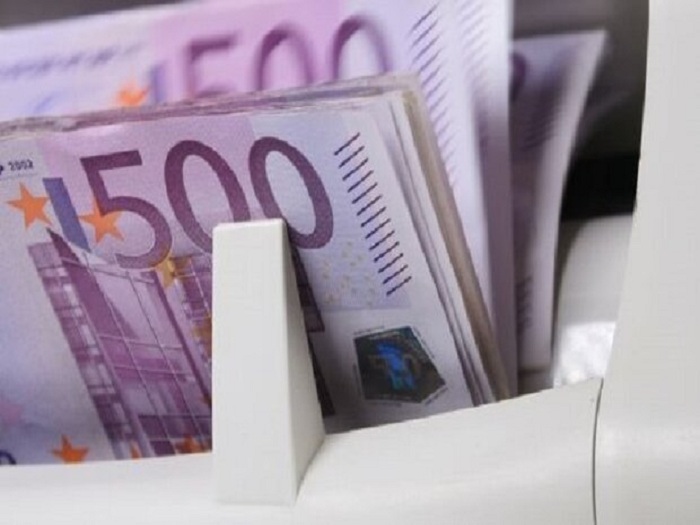Changes in export currency return methods

Less than ten days remain until the end of the official deadline for exporters to meet their foreign exchange commitments for last year's exports, and now, according to economic activists, changes have been made in the methods of returning export currency.
According to the International Iranian Stone Exhibition, the Central Bank has announced the deadline for the return of foreign currency from last year's exports to the country at the end of July this year. A four-month deadline for exporters to return their export currency to the country's economic cycle through the methods announced by the Central Bank. As announced by the Central Bank of the Islamic Republic of Iran, exporters can export their foreign currency last year by methods such as return in the form of banknotes and up to a maximum of twenty percent, providing foreign exchange to the Nima system at a rate of sixty percent and using the export currency method for export. Return up to 20% of your own imports or those of another person.
As the experience of previous years of exporters has shown, the central bank has always cooperated most with exporters in order to return the currency in any way, and even the work had progressed to the point where exporters could return 70 to 80 percent of their export currency to the cycle. Economy based on the methods announced by the Central Bank to meet the currency commitment. In the meantime, even the composition of the return of export currency was not much considered by the central bank, and the exporter, in any way he could and had executive power, was allowed to return the export currency to the economic cycle.
In this regard, one of the exporters, who did not want to be named in the report, said: "The central bank's flexibility in cooperating with exporters in returning export currency was such that even if an exporter, the ability to return the bulk of its currency or even all currency He could use this method of exporting his banknotes; Or even if the bulk of the export currency was used in exchange for the export currency with a higher percentage than what the central bank had set for the exporter or another importer, it would not preclude the release of the foreign exchange obligation.
Now, as the exporters say, now that they have referred to the relevant system to fulfill last year's export currency obligation and request the registration of information to use the export currency for their own import or that of another person, they are faced with some messages from the system indicating changes in Export currency return methods have been developed.
Of course, the central bank has not yet issued an official directive in this regard, and it remains to be seen whether this is merely a systemic message and an unwritten restriction, or whether the central bank will announce in a separate directive another way to meet the foreign exchange obligation.
However, although there are no official directives yet on how to change the currency commitment methods, now that exporters have to deal with the facilitation of last year's foreign exchange commitment due to the remaining time limit, the system has new restrictions on the foreign exchange commitment. They declare that now the method of import versus export currency is subject to conditions.
The message given to the exporters in this system reads: "Due to the passage of four months from the date of departure of the goods, it is not possible to submit an application for this export declaration." In this way, exporters are not allowed to use the currency generated by exports for their own imports or anything else if more than four months have elapsed since their export.










